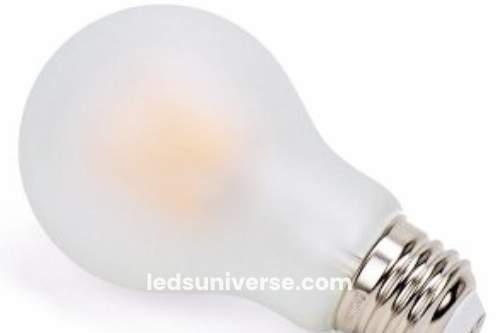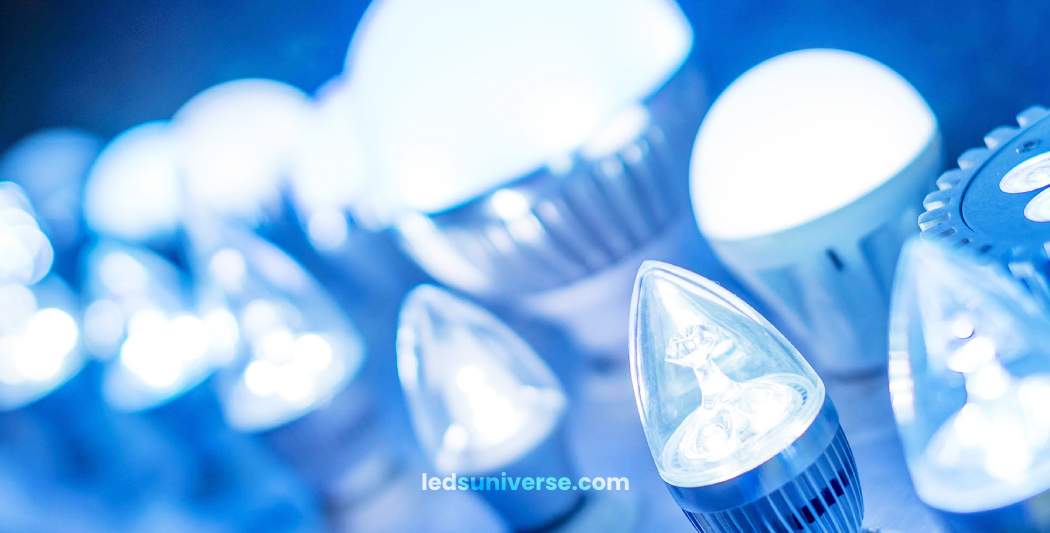Glare is a common issue that affects many individuals, primarily causing eye strain due to the reflection of light off shiny surfaces. It is a significant discomfort that can impede daily activities, particularly when engaging with electronic devices or driving for extended periods. Reducing glare can be achieved through various methods, including filtering or shielding the light before it reaches the eyes, adjusting reflective surfaces, and controlling the light source itself. Addressing glare in various environments can significantly enhance comfort and visibility.

Table of Contents
ToggleWhat is Glare?
Glare is defined as discomfort or a reduction in visual performance caused by an intensity of light in the visual field that exceeds the level the eyes are adapted to handle. Essentially, glare occurs when excessive light enters the eye, disrupting its ability to process visual information effectively. This phenomenon can manifest in multiple forms, both during the day and at night, posing risks by distracting individuals and compromising safety. Glare can result from direct light sources or reflected light, contributing to a wide range of discomforts.
How Glare Affects Vision
The presence of glare interferes with vision when bright light enters the eye, leading to various adverse effects. It can create a feeling of discomfort and, in severe cases, render vision nearly impossible. Individuals may instinctively squint or look away when confronted with bright light, which can hinder their ability to perform tasks effectively. Glare scatters light within the eye, causing images to appear less sharp and clear. This scattering effect can lead to a loss of contrast, often rendering the visual field dim or blurry. Prolonged exposure to glare can also contribute to common vision problems, such as nearsightedness and farsightedness, further complicating one’s visual health.
Anti-Glare Lighting Fixtures
Anti-glare lighting fixtures play a pivotal role in mitigating the adverse effects of glare, enhancing overall comfort and visibility. These fixtures are designed to filter and diffuse light, reducing eye strain and ensuring a more even distribution of illumination. Incorporating anti-glare technology into lighting systems meets the lighting needs of different environments, allowing individuals to perform activities with greater ease and comfort
Importance of Anti-Glare Lighting in Different Settings
The relevance of anti-glare lighting extends across various environments, each benefiting from reduced glare and enhanced visibility.
Home Environments
In residential spaces, anti-glare lighting enhances comfort by providing adequate visibility both during the day and at night. By minimizing glare, these fixtures allow individuals to engage in activities with ease, from reading to entertaining, without straining their eyes.
Sports Fields and Stadiums
In sports venues, anti-glare lighting serves to reduce discomfort caused by harsh lighting conditions. High-output artificial lighting in large spaces can create an instinctive urge for spectators to look away due to glare. Proper lighting design can alleviate this issue, allowing audiences to enjoy events without the distraction of discomfort.
Office and Warehouse Spaces
In office environments and warehouses, anti-glare lighting is essential for reducing disability glare. This type of glare can create challenges, particularly when reflections from screens lead to difficulties in reading and concentrating. Effective lighting solutions can help create a comfortable workspace, enhancing productivity and focus.
Construction Sites
In construction settings, anti-glare lighting fixtures are valuable for providing sufficient illumination while minimizing eye strain. Proper lighting not only improves visibility but also reduces the risk of accidents, promoting safety and efficiency among workers.
Identifying Anti-Glare Lighting Fixtures
To determine if a lighting fixture is designed to reduce glare, several features can be evaluated. One key indicator is the presence of micro-prismatic technology, which utilizes individual LEDs equipped with specialized diffusers. This technology disperses light, producing a homogeneous illumination that minimizes both direct and reflected glare.
Another important feature is the total internal reflection (TIR) lens system. This combination of lenses creates a faceted design or a parallel beam of light, optimizing the intended light beam and enhancing distribution. Additionally, examining the design of secondary reflector systems can be useful. The primary reflector can obscure the view of intense light while directing it into a secondary reflector that evenly disperses illumination across a space.
Reducing Light Bulb Glare
The intensity of glare produced by a light bulb often correlates with its brightness. Various strategies can be employed to minimize the glare associated with light bulbs, enhancing comfort in any space.

Choosing the Right Bulbs
When selecting light bulbs, opting for those with frosted covers can significantly reduce glare. Frosted bulbs, similar to those found in fluorescent tubes, diffuse light effectively, providing a broader coverage area while minimizing the harsh brightness that can cause discomfort.
Adjusting Light Fixture Placement
If acquiring new light fixtures is not feasible, adjusting the placement of existing bulbs can also help mitigate glare. Positioning bulbs at a greater distance from where people will be, such as installing them on higher ceilings, reduces the intensity of direct glare. For recessed lighting, positioning can lights near walls can help divert direct glare from sightlines.
Utilizing Natural Light
Natural daylight is often the best source of illumination due to its high Color Rendering Index (CRI) of 100, allowing for accurate color perception. On overcast days, clouds act as a natural diffuser, creating soft and even lighting conditions. To maximize the benefits of natural light, it can be advantageous to open curtains or blinds, although not every space will have large windows to facilitate this.
Minimizing Direct Sightlines
To further address glare, adjusting the angles of objects to avoid direct lines of sight with reflective surfaces can be effective. For instance, tilting a magazine or book while reading can prevent light from reflecting directly into the eyes, making for a more comfortable viewing experience. This principle also applies to screens, such as televisions, which are often positioned to reduce glare from overhead lights.
Do LED Lights Cause Glare?
Glare arises from both artificial and natural light, resulting in a decrease in visibility. Various situations can contribute to glare, such as reflections on computer monitors, driving into the sun at dawn or dusk, and bright headlamps during nighttime travel. Some LED lights, particularly those with high-intensity brightness, may produce less glare compared to traditional incandescent or halogen bulbs.
The glare associated with LEDs can be managed by selecting fixtures designed to direct and diffuse light appropriately. Proper lighting design can minimize glare while providing the necessary illumination for tasks at hand. Adjusting light intensity and direction can significantly improve visual comfort, allowing individuals to navigate their environments with greater ease.
Conclusion
Addressing glare effectively enhances visual comfort and safety across various settings. By implementing anti-glare lighting fixtures, selecting appropriate bulbs, and adjusting light placement, individuals can significantly reduce glare and improve their overall experience in both residential and commercial environments. Understanding the nature of glare and its impact on vision is essential for creating spaces that promote comfort and productivity, making informed lighting choices a worthwhile endeavor for all.
